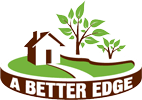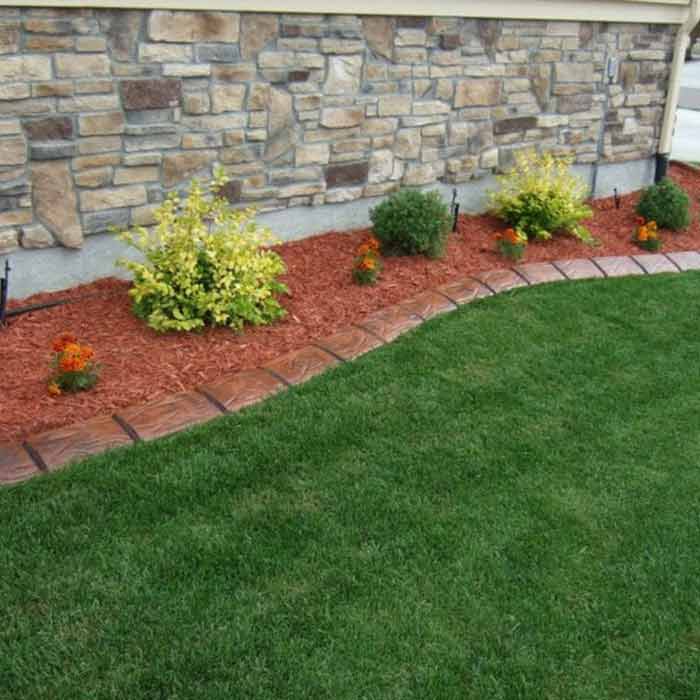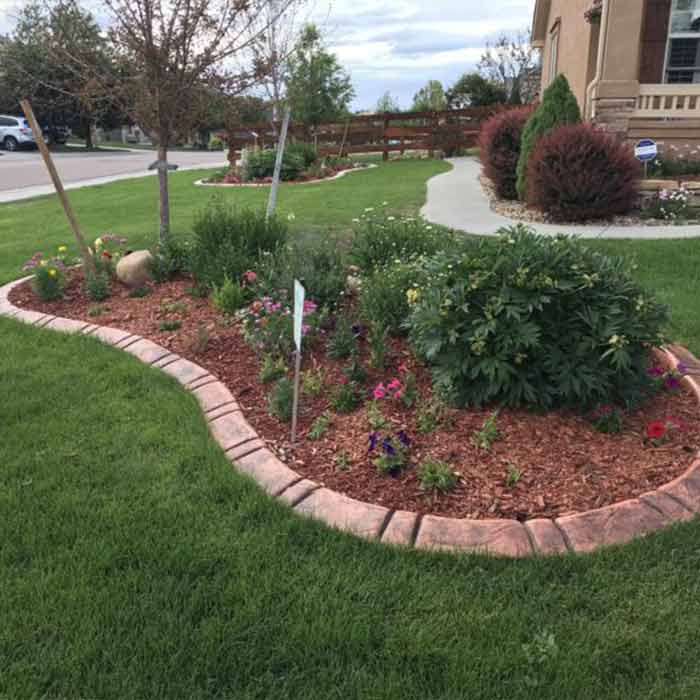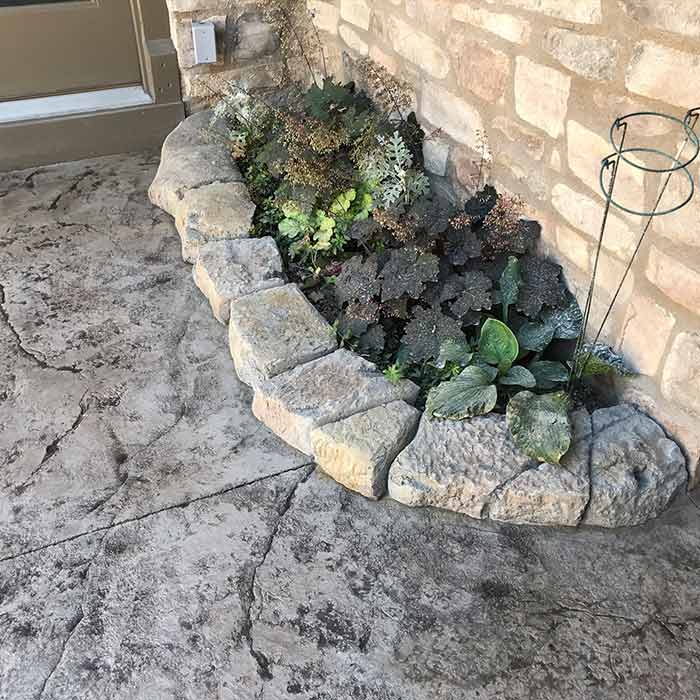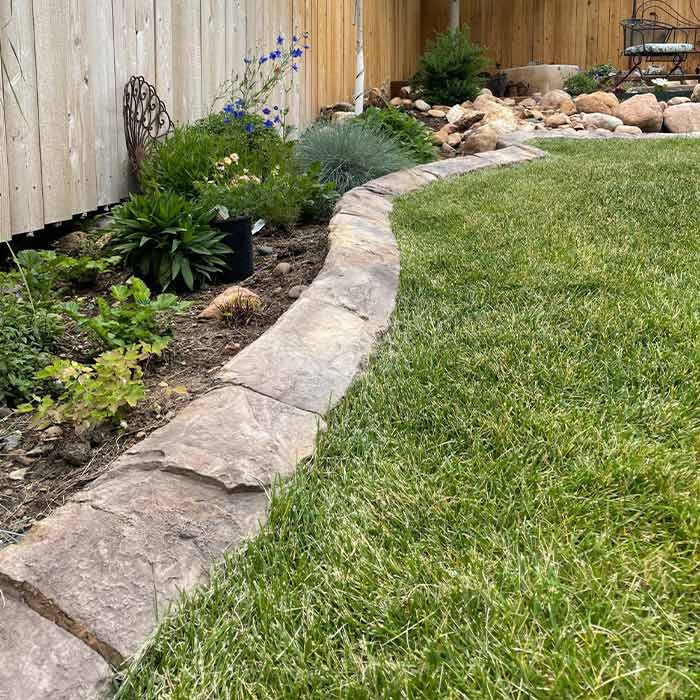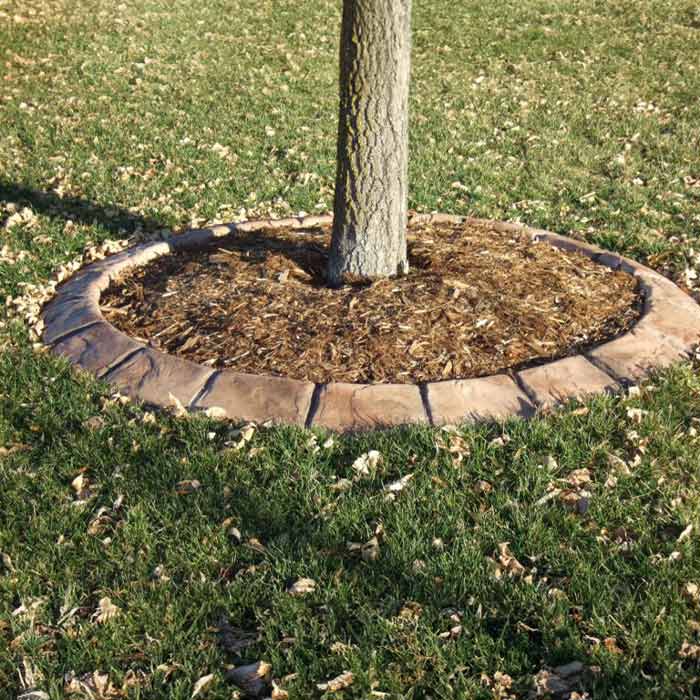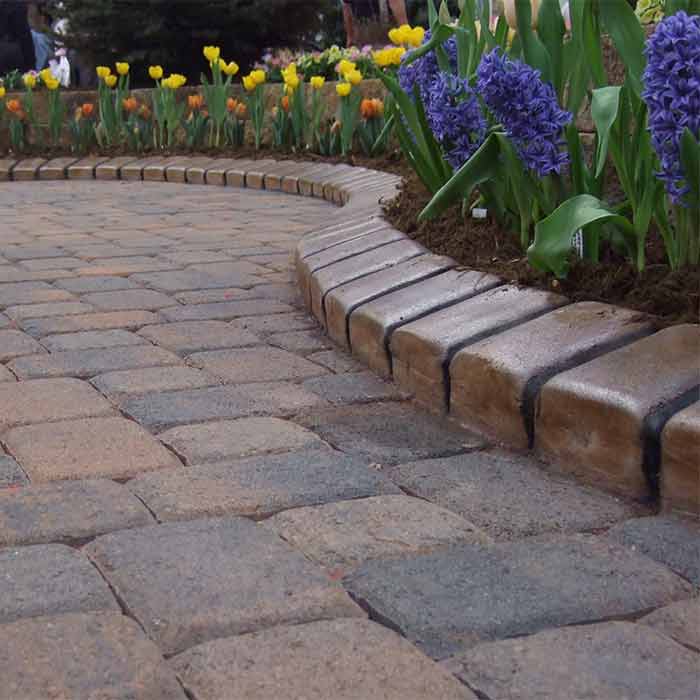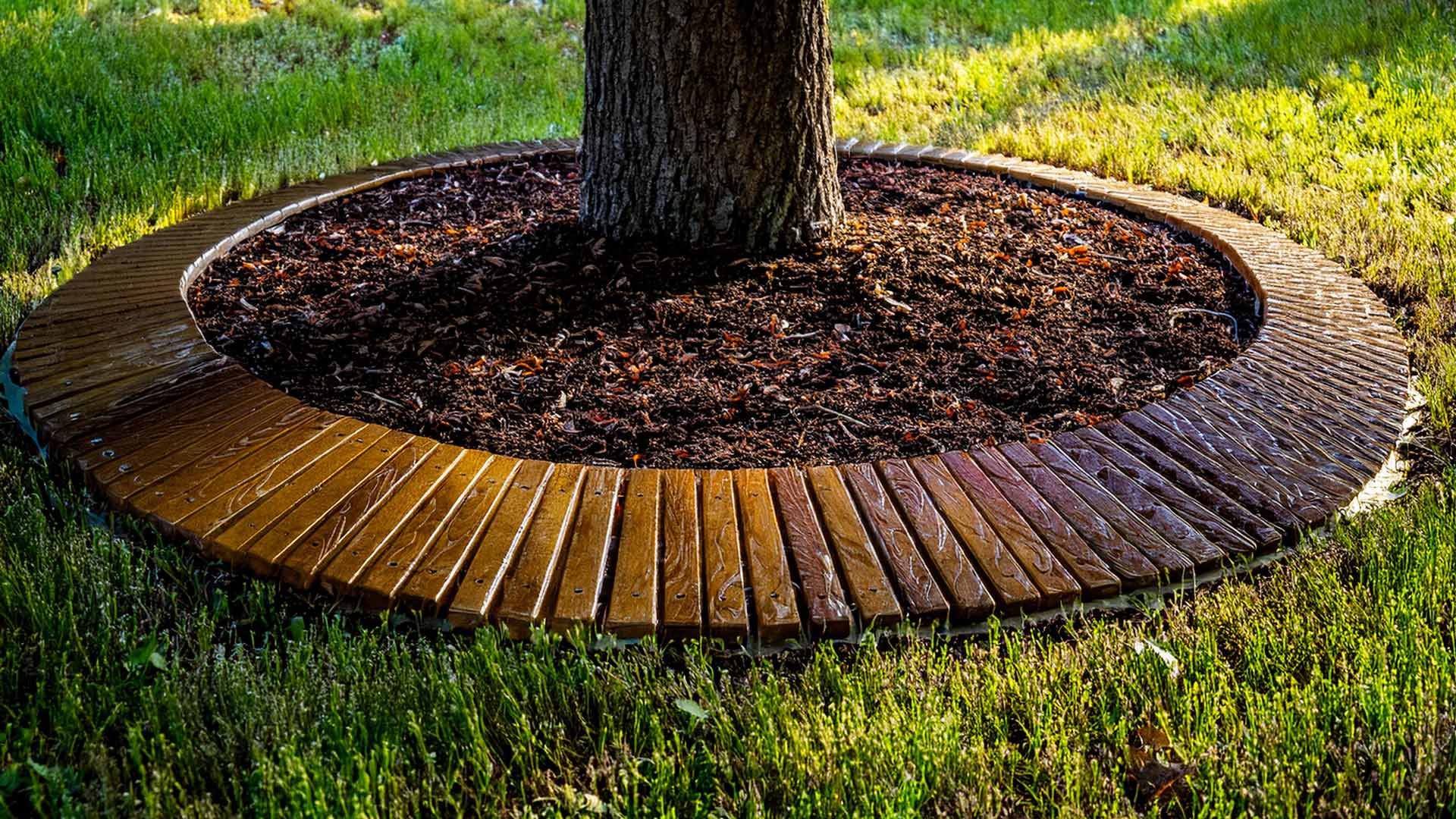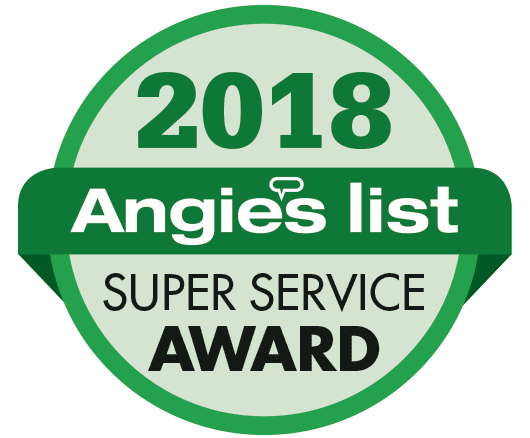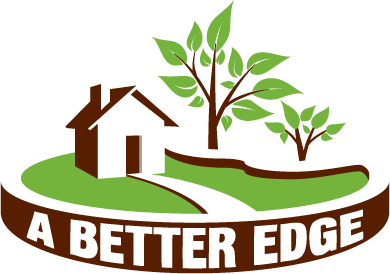As the owner of A Better Edge, I’ve seen countless Colorado landscapes transformed by the timeless appeal of wood edging. While our company offers various edging solutions, wood remains popular for many homeowners seeking to blend their landscapes with Colorado’s natural beauty.
Why Choose Wood for Your Colorado Landscape?
In Colorado’s unique climate, from Denver’s urban settings to the suburban sprawl of Arapahoe County, wood edging provides a warm, rustic charm that complements our state’s natural aesthetic in a budget manner. Our landscape services focus on helping clients select the best materials for their specific needs, and natural edging is a versatile option.
Our edging creates defined borders between different landscape elements, separating lawns from garden beds, creating pathways, or establishing distinct outdoor spaces. Natural edging can enhance your property for years with proper installation and maintenance.
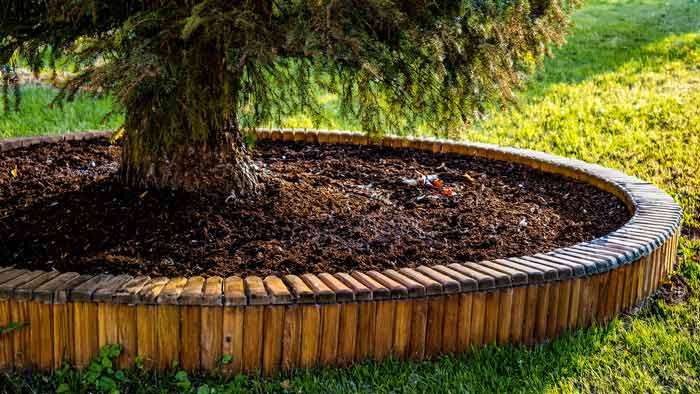
Benefits of Edging in Colorado Landscapes
- Natural aesthetic that blends with Colorado’s outdoor environment
- Relatively easy to install compared to some hardscape options
- Customizable to fit any landscape design
- More affordable than stone or metal options
- Can be easily replaced or modified as your landscape evolves
“Wood edging brings a warmth and natural character to Colorado landscapes that other materials simply can’t match. When properly installed and maintained, it creates a seamless transition between different garden elements while honoring the organic beauty of our state.” – Chad, Owner of A Better Edge
Popular Wood Types for Landscape Edging in Colorado
When providing landscape services throughout Denver and surrounding areas, we recommend several wood varieties based on durability, appearance, and budget considerations.
Cedar
Cedar is perhaps the most popular wood for landscape edging in Colorado due to its natural resistance to rot, insects, and moisture. Its reddish-brown hue complements Colorado’s earthy palette and weathers beautifully to a silver-gray patina over Time. And it’s the cheapest natural edging material.
Lifespan: 15-20 years with proper maintenance
Cost: $12.00-$18.00 per linear foot
Maintenance: Moderate – requires sealing every 2-3 years
Redwood
Redwood offers exceptional durability and striking appearance for clients seeking premium options. Its natural oils make it resistant to decay and insects, making it well-suited for Colorado’s varying climate conditions.
Lifespan: 15-25 years with proper maintenance
Cost: $16.00-$24.00 per linear foot
Maintenance: Moderate – requires sealing every 2-3 years

Pressure-Treated Pine
Budget-conscious homeowners in Arapahoe County and across Colorado often opt for pressure-treated pine. While less naturally resistant than cedar or redwood, the chemical treatment helps protect against rot, fungi, and insects.
Lifespan: 7-10 years with proper maintenance
Cost: $8.00-$13.00 per linear foot
Maintenance: High – requires regular sealing and inspection
Douglas Fir
This locally sourced option is particularly popular in Colorado due to its availability and straight grain. When pressure-treated, Douglas fir provides a cost-effective alternative for landscape edging.
Lifespan: 7-15 years with proper maintenance
Cost: $10.00-$15.00 per linear foot
Maintenance: Moderate to high – requires regular sealing
Installation Methods for Wood Edging in Colorado
Our landscape services include professional installation, ensuring your edging meets Colorado’s unique climate challenges. The installation process typically involves:
1. Design and Layout
We begin by mapping out the exact placement of your edging, considering factors like drainage patterns, sun exposure, and existing landscape features. This is particularly important in areas like Denver, where urban landscapes often require creative solutions.
2. Excavation
A trench is dug along the planned edging line, typically 4-6 inches deep and slightly wider than the width of the timber. This depth provides stability and helps prevent grass from growing underneath.
3. Base Preparation
In Colorado’s clay-heavy soils, proper base preparation is crucial. We typically add a layer of gravel or sand to promote drainage and prevent settling.
4. Timber Placement
The wood timbers are placed in the trench, with special attention to keeping them level and properly aligned. We may use thinner boards or specially cut pieces for curved areas to achieve the desired shape.
5. Securing
Depending on the design, we secure the timbers using one of several methods:
- Stakes: Metal or wooden stakes driven through the wood into the ground
- Rebar: For heavier timbers or areas with significant grade changes
- Connecting hardware: For joining multiple pieces smoothly
- Landscape spikes: For firmer attachment to the ground
6. Finishing
Once installed, we apply appropriate sealants or treatments to protect the wood from Colorado’s intense sun, seasonal moisture, and temperature fluctuations.
Our Edging Styles for Colorado Landscapes
Our landscape services in Denver, Arapahoe County, and throughout Colorado include several edging styles to suit different aesthetic preferences and functional needs.
Flush Edging
Installed level with the ground surface, flush edging creates a clean separation between lawn and garden areas without creating a tripping hazard. This style is particularly popular in family-friendly yards and areas with high foot traffic.
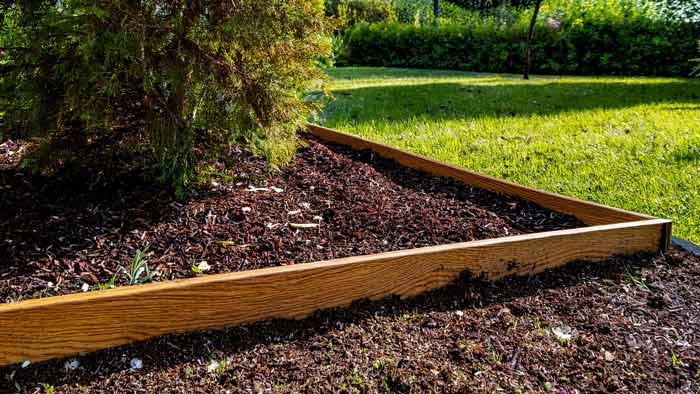
Raised Edging
Standing 2-6 inches above ground level, raised edging creates more definitive borders and can help contain mulch or soil. In Denver’s urban gardens, raised edging helps define spaces in smaller yards.
Rolled-Top Edging
With rounded upper edges, this style provides a finished look and reduces the risk of splintering, making it ideal for pathways and areas where children play.
Vertical Board Edging
Boards installed vertically create a distinctive look similar to a miniature fence. This style works well for creating firm visual boundaries in more significant properties in Arapahoe County.
Stacked Timber Edging
Multiple logs or timbers stacked and secured together create a rustic, mountain-inspired look perfect for Colorado landscapes aiming to highlight our state’s natural beauty.
Regional Considerations for A Better Edge in Colorado
Colorado’s diverse climate zones require different edging installation and maintenance approaches. Our landscape services are tailored to address these regional variations.
Front Range (Including Denver)
The Front Range, including Denver, experiences dramatic temperature swings and relatively low humidity. The building code for edging in this region must be:
- Installed with expansion gaps to accommodate temperature fluctuations
- Treated with UV-resistant sealants to prevent sun damage
- Properly anchored to withstand periodic high winds
Mountain Communities
At higher elevations, edging faces additional challenges:
- Heavier snowpack requires sturdy installation and regular spring maintenance
- Shorter growing seasons may limit installation windows
- Wildlife encounters may damage the edging unless properly secured
Eastern Plains
In Arapahoe County and other eastern areas, considerations include:
- Less shade means more UV exposure for wood elements
- Drought conditions require drought-resistant landscaping solutions
- Clay soils may cause settling or heaving without proper preparation
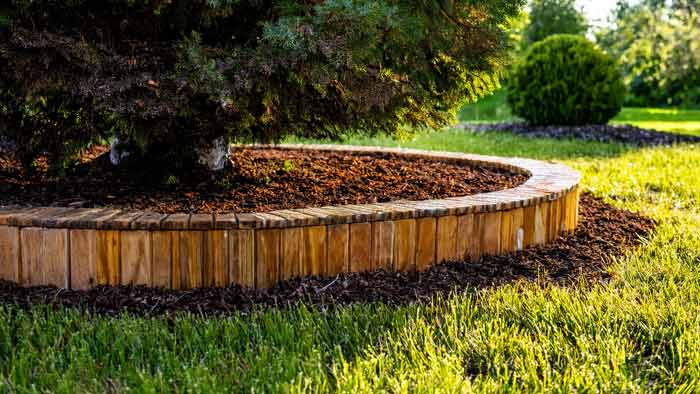
Maintenance Requirements for Natural Edging in Colorado
Our comprehensive landscape services include maintenance recommendations tailored to Colorado’s unique environment. Proper maintenance of edging typically involves:
Seasonal Inspection
- Spring: Check for winter damage, reset any heaved sections
- Summer: Monitor for insect activity, particularly in Denver’s urban areas
- Fall: Clear debris to prevent moisture retention during winter
- Winter: Remove snow buildup that could cause warping or damage
Regular Treatments
| Treatment | Frequency | Purpose | Average Cost |
|---|---|---|---|
| Sealant Application | Every 1-2 years | Protect against moisture and UV damage | $0.50-$1.50 per linear foot |
| Fungicide Treatment | As needed | Prevent fungal growth | $0.30-$0.80 per linear foot |
| Structural Repair | Every 3-5 years | Replace damaged sections | $5-$15 per linear foot |
| Deep Cleaning | Annually | Remove dirt and prevent discoloration | $0.25-$0.75 per linear foot |
Addressing Colorado-Specific Issues
- Snow and Ice Management: Avoid using metal shovels or harsh deicing chemicals near edging
- Irrigation Adjustments: Position sprinklers to minimize direct spray on wood elements
- Soil Management: Maintain proper grade to prevent soil buildup against wood
- Termite Prevention: Regular inspections, especially in older neighborhoods in Denver and Arapahoe County
Cost Comparison: Wood vs. Other Edging Materials in Colorado
When considering landscape services for edging installation, it’s helpful to compare wood with other common materials used in Colorado landscapes:
| Material | Cost per Linear Foot | Lifespan | Maintenance Level | Environmental Impact |
|---|---|---|---|---|
| Wood (Cedar) | $12.00-$18.00 | 15-20 years | Moderate | Low (if sustainably sourced) |
| Wood (PT Pine) | $8.00-$13.00 | 7-10 years | High | Moderate (contains chemicals) |
| Concrete | $20.00-$30.00 | 25+ years | Low | High (carbon footprint) |
| Metal | $16.00-$40.00 | 20+ years | Low | Moderate (production impact) |
| Stone | $30.00-$60.00 | 25+ years | Low | Moderate (quarrying impact) |
| Plastic | $10.00-$16.00 | 10-15 years | Low | High (petroleum product) |
| Rubber | $14.00-$24.00 | 10-15 years | Low | Moderate (recycled options available) |
Edging Cost Breakdown
| Wood Type | Material Cost (per linear ft) | Average Lifespan | Regional Availability in Colorado | Maintenance Requirements |
|---|---|---|---|---|
| Pressure-Treated Pine | $8.00-$13.00 | 7-10 years | Widely available | Moderate; annual inspection |
| Cedar | $12.00-$18.00 | 15-20 years | Good availability | Low; natural resistance to decay |
| Redwood | $16.00-$30.00 | 15-25 years | Limited; premium option | Low; natural oils protect against insects |
| Composite Wood | $14.00-$24.00 | 20-30 years | Increasing availability | Very low; occasional cleaning |
Metal Edging Options
| Type | Material Cost (per linear ft) | Professional Installation | Total Installed Cost | Lifespan |
|---|---|---|---|---|
| Steel | $5.00-$14.00 | $3.00-$8.00/ft | $8.00-$22.00/ft | 15-25 years |
| Aluminum | $8.00-$24.00 | $4.00-$10.00/ft | $12.00-$34.00/ft | 20+ years |
| Corten Steel | $12.00-$30.00 | $6.00-$12.00/ft | $18.00-$42.00/ft | 25+ years |
Plastic and Rubber Edging
| Type | Cost (per linear ft) | Installation Complexity | Durability Rating | UV Resistance |
|---|---|---|---|---|
| Basic Plastic | $1.00-$6.00 | Very Easy (DIY-friendly) | Low-Medium | Poor-Medium |
| Commercial Plastic | $4.00-$10.00 | Easy | Medium | Good |
| Rubber | $4.00-$9.00 | Easy | Medium-High | Excellent |
Stone and Concrete Options
| Type | Material Cost (per linear ft) | Installation Cost | Aesthetic Value | Durability |
|---|---|---|---|---|
| Natural Stone | $16.00-$50.00 | $10.00-$24.00/ft | Very High | Very High |
| Concrete Blocks | $6.00-$16.00 | $6.00-$12.00/ft | Medium-High | High |
| Poured Concrete | $10.00-$20.00 | $8.00-$16.00/ft | Medium | High |
Labor Costs by Project Complexity
| Complexity Level | Labor Cost (per linear ft) | Total Time (100 linear ft) | Key Factors |
|---|---|---|---|
| Simple/Straight | $3.00-$6.00 | 3-6 hours | Level ground, soft soil, straight lines |
| Moderate | $6.00-$12.00 | 6-10 hours | Gentle curves, minor obstacles, regular soil |
| Complex | $12.00-$20.00 | 10-16 hours | Tight curves, rocky soil, grade changes, obstacles |
Environmental Impact Comparison
| Material | Sustainability Rating | Recyclability | Carbon Footprint | Local Sourcing Potential |
|---|---|---|---|---|
| Wood | Medium-High | High (untreated) | Low-Medium | Medium-High |
| Metal | Medium | Very High | High (production) | Low-Medium |
| Plastic | Low | Low-Medium | High | Low |
| Rubber | Medium | Medium | Medium | Low |
| Stone | High | Very High | Medium (transport) | High |
Regional Pricing Factors in Colorado
Colorado’s unique climate and geography impact edging costs in several ways:
- Altitude Considerations: Higher elevations require materials with better temperature fluctuation resistance
- Seasonal Installation Windows: Limited installation season in mountain areas affects pricing
- Water Conservation: Drought-friendly designs may influence edging choices and installation methods
- Soil Conditions: Rocky soils common in Colorado increase labor costs by 15-25%
- Local Regulations: Some HOAs and municipalities have specific requirements affecting material choices
Installation Best Practices for Colorado’s Climate
- Frost Heaving Protection: Install deeper in mountain areas to account for freeze-thaw cycles
- Drainage Considerations: Incorporate proper drainage, especially in clay-heavy Front Range soils
- UV Exposure Mitigation: Select materials with high UV resistance for high-altitude installations
- Wildlife Protection: Consider measures to prevent damage from local wildlife
- Seasonal Timing: Schedule installations during optimal weather windows (typically late spring or early fall)
By carefully weighing these factors against your needs and budget constraints, you can select the most appropriate landscape edging solution for your Colorado property.
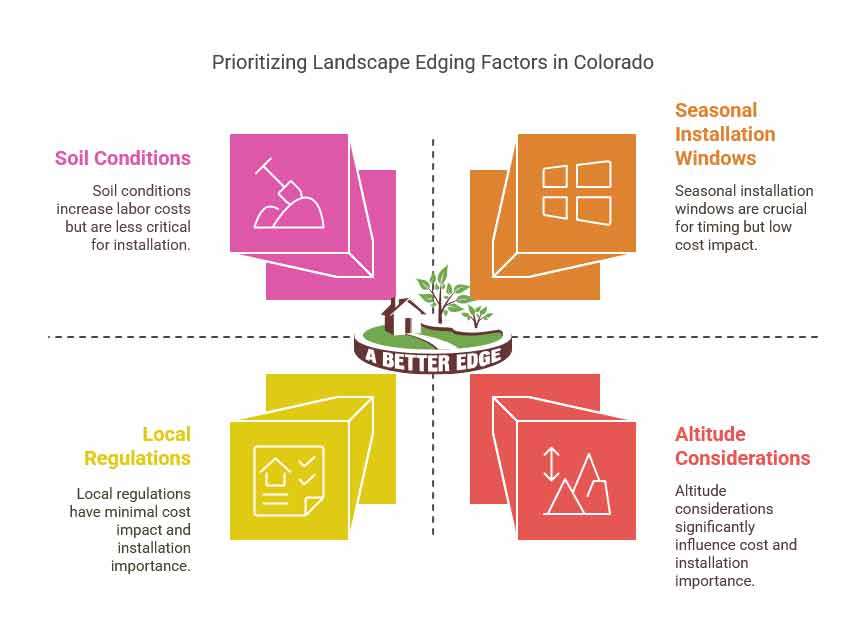
DIY vs. Professional Edging Installation
While DIY installation of edging is possible, there are significant advantages to hiring professional landscape services, especially in Colorado’s challenging terrain.
DIY Installation Considerations
Pros:
- Cost savings on labor
- Flexibility in timing
- Personal satisfaction
Cons:
- Time-consuming for inexperienced homeowners
- Requires specialized tools
- May lack precision needed for proper drainage
- Warranty considerations
Professional Installation Benefits
Pros:
- Expert knowledge of local soil conditions
- Proper equipment and techniques
- Efficient completion
- Warranty protection
- Better long-term performance
Cons:
- Higher initial investment
For most homeowners in Denver and Arapahoe County, professional installation provides value through proper technique and material selection tailored to Colorado’s unique environment.
Environmental Considerations in Colorado
As Colorado increasingly focuses on sustainability, our landscape services emphasize environmentally responsible practices when installing edging.
Sustainable Sourcing
We prioritize FSC-certified wood products, ensuring materials come from responsibly managed forests. This is particularly important for premium woods like cedar and redwood.
Local Materials
We source Colorado-grown and milled lumber to reduce transportation emissions and support the local economy when possible. Douglas fir from Colorado forests is an excellent local option.
End-of-Life Considerations
Unlike plastic or concrete edging, untreated wood can be composted or repurposed at the end of its useful life, reducing landfill impact. Even pressure-treated wood can often be repurposed for non-ground-contact applications.
Water Conservation
Properly installed edging helps define xeriscaping zones, supporting water conservation efforts throughout Colorado’s diverse climate regions.
Conclusion: Is Wood Right for Your Colorado Landscape?
Wood edging offers an almost timeless (in a budget manner) natural appeal that complements Colorado’s outdoor aesthetic. From urban gardens in Denver to spacious suburban properties in Arapahoe County, quality edging can enhance nearly any landscape design.
When considering your edging options, weigh factors like:
- Budget constraints (initial and long-term)
- Maintenance commitment
- Desired aesthetic
- Environmental priorities
- Property specifics (soil, grade, climate zone)
At A Better Edge, our comprehensive landscape services include consultation to help you determine if wood is the right choice for your specific situation. We’re committed to providing honest assessments and quality installations that stand the test of Time in Colorado’s challenging environment.
Whether you choose our edging’s rustic charm or another material, defining your landscape edges is crucial in creating a polished, professional outdoor space that enhances your property’s beauty and value.
Ready to start? Contact Chad, and get your yard looking fantastic!
More info about lumber and wood can be found in the Code of Colorado Regulations.
